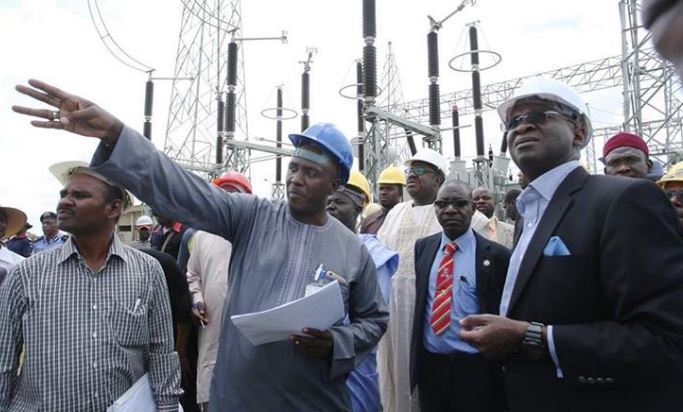Fluctuating real exchange rate impairs economic growth in resource rich countries. In countries with the Dutch disease, the real exchange rates move with the prices of natural resources. Nigeria is a perfect example of such countries.
The Central Bank of Nigeria (CBN) has been able to give currency speculators a bloody nose because the price of oil has been relatively high. The apex bank has injected over $1 billion into the country’s forex market. Thanks to oil prices.
This is an interesting period for Nigeria’s forex market: The country’s reserve increased marginally despite the CBN’s massive intervention in the forex market.
But the question is this: Will these speculators, who are now in coma, come back to life if oil prices suddenly dip to below $40?
Advertisement
Well, the effect of commodity shocks on currencies is not only visible in Nigeria. It is even observed in some developed countries. For instance, the Canadian dollar appreciates marginally when the price of oil goes up. The same applies to Australian dollar when the price of gold goes up. These countries are net exporters of oil and gold, respectively. But the effect of commodity price shocks to the naira is more devastating.
The strain on the naira when the price of oil dipped to $30 was palpable.
This strain can be ameliorated. A brief history of Nigeria’s economy shows that we can insulate the naira from oil price shocks, if we put our house in order.
Advertisement
Take the political economy in the 60s. Between 1960 and 1970, Nigeria’s official exchange rate remained unchanged. In fact, immediately after Independence, 1 dollar was exchanging for about 0.6 naira (60 kobo). The GDP growth rate within this period was phenomenal – it averaged at about 5.3%. But something happened and the whole dynamics changed.
Oil boom came in and the nation adjusted its lifestyle. An oil boom between 1970 and 1979 — when crude prices jumped from $3.7 per barrel to $15.3 per barrel — did not translate to GDP growth, when compared to the 60s.
And between 1980 and 1984, when the exchange rate was still about N0.7/$, the country’s average GDP growth rate became negative (-2.8%) – in a recession—even though the price of oil averaged at about $31 per barrel within this period. But things changed between 1985 and 1989. Within this period, GDP growth averaged at about 5.4%, even though oil price plummeted to $18 per barrel. It is important to mention that something had changed within 1985 and 1989 — the exchange rate had adjusted significantly to N4.3/$, from N0.7/$.
There are many lessons to learn from this history.
Advertisement
One, allowing the naira to trade at a proper exchange rate against other currencies could increase GDP growth rate in Nigeria. And of course, take the country out of recession. The growth experienced between 1985 and 1989 – the period Gen Ibrahim Babagana held sway – helps to reinforce this argument.
Two, having a diversified economy, such as in Canada and Australia, could help shield the country from currency volatility.
Three, shielding the economy from oil revenue, which is very volatile, still remains a guaranteed way of protecting the naira. When agriculture was the mainstay of Nigeria’s economy, currency volatility was non-existent.
Four, judicious government spending, in times of commodity booms, should be encouraged. When government goes into a ‘wasteful’ spending spree in times of boom, prices of goods and services adjust. This artificial adjustment, surprisingly, is hard to reverse.
Advertisement
That said, it is hoped that the present diversification being preached by government would help in shielding the currency from oil price shocks in future.
Advertisement
Add a comment







